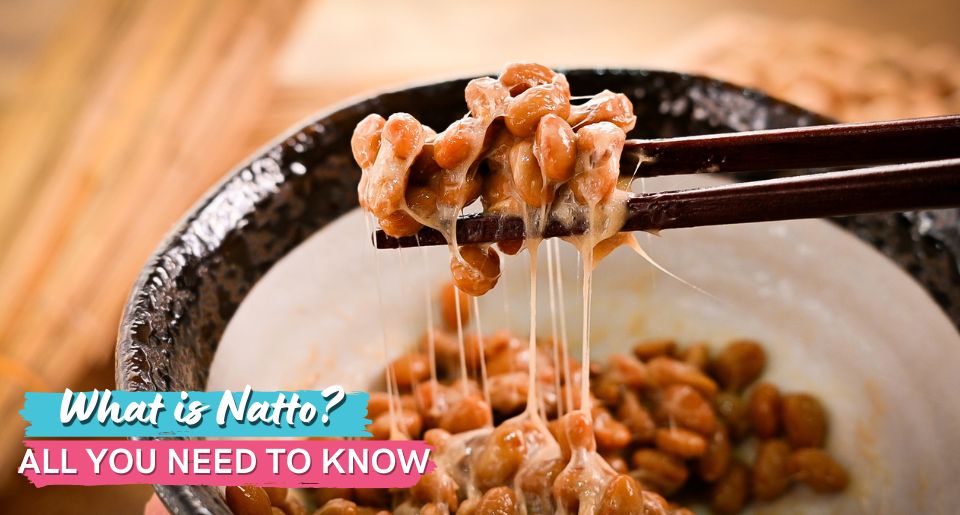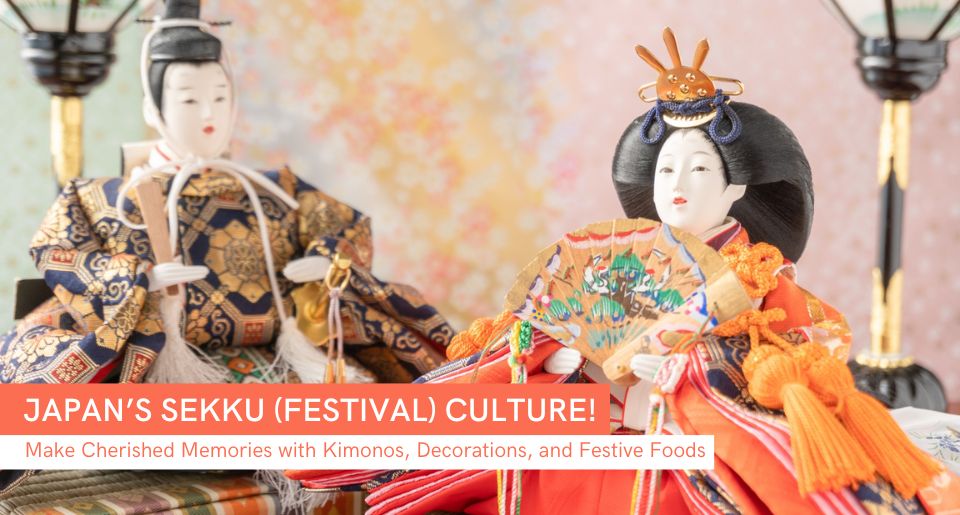Contents
- Introduction
- What is Natto?
- Natto's Centuries-old Journey through History
- From Dried Soybeans to Sticky Superfood
- Natto Mass Production in Modern Japan
- Size Doesn’t Matter: The Different Types of Natto
1. Size Classification - How To Enjoy Natto the ‘Japanese’ Way
- A Symphony of Protein, Fiber, Essential Minerals, & Probiotics
- Authentic Japanese Natto Is A Few Clicks Away!
- About the Writer
Introduction
Sticky, stinky, but bursting with countless nutrients, natto (納豆) stands as one of Japan's most polarizing traditional foods. Some people love its ammonia-like smell and gooey texture, while others just can't handle the feeling of these fermented soybeans inside their mouth.
To decide which side you belong to, keep reading to learn more about this unusual Japanese superfood – from understanding what natto really is, delving into its mysterious history, exploring the whole process of making it, learning how to savor it the traditional way, to finally discovering where you can lay your hands on some genuine Japanese natto!
What is Natto?
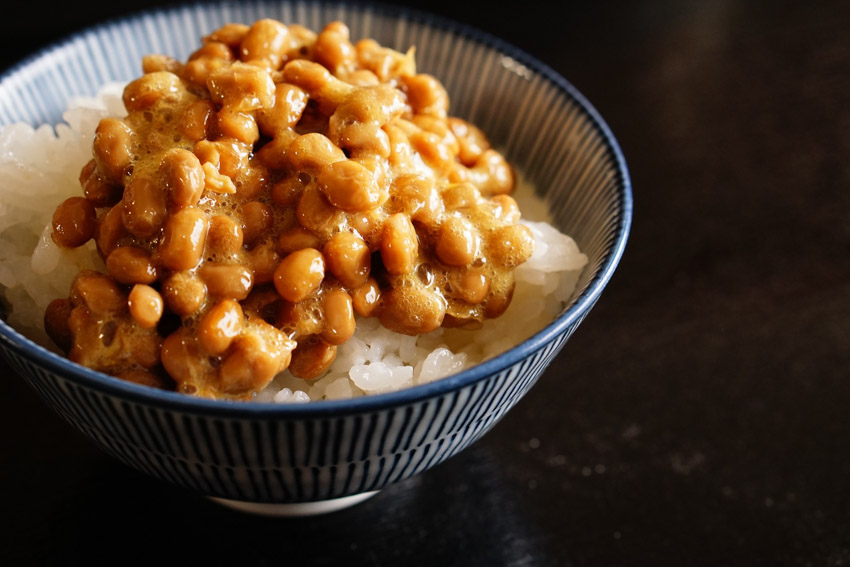
Natto is a traditional Japanese dish made from fermented soybeans. It is famous for its slimy, sticky, mucus-like texture and distinctive ammonia-like smell, which divides the Japanese people into lovers and haters.
Natto's Centuries-old Journey through History
When and how natto was invented remains a mystery, with no concrete records documenting how it became a staple in Japanese cuisine. However, it is known that natto has existed in Japan since at least the Heian Period (794-1185). Back then, farmers would steam or boil soybeans, pack them into rice straw, and give the bacteria time to work its magic, which they would either consume or sell in the straw packages.
From Dried Soybeans to Sticky Superfood
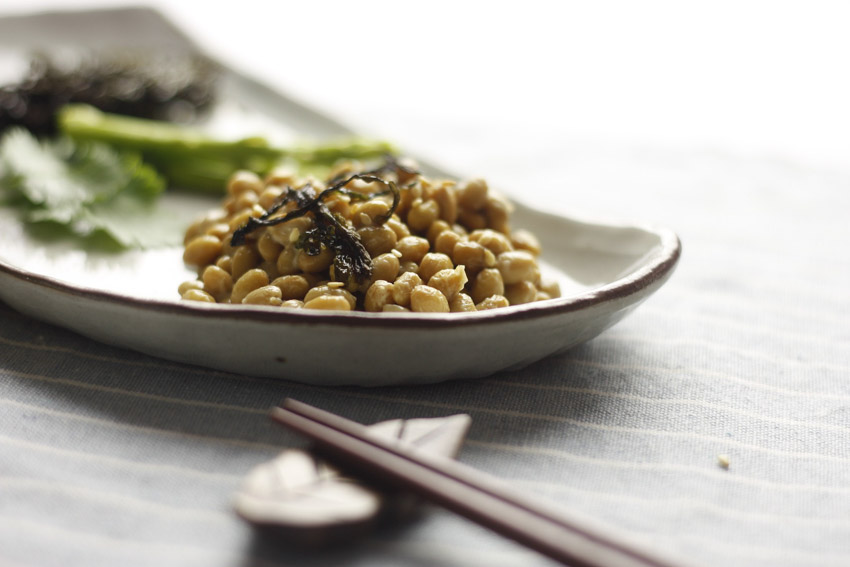
The process of making natto is pretty straightforward and simple because the bacteria do most of the work. It involves boiled soybeans with natto yeasts growing on the surface, creating the distinctive sticky paste known as the "strings of natto," primarily made up of polyglutamic acid.
As the bacteria grow, natto yeasts dissolve proteins in soybeans, making them more easily absorbed by the body. The process of bacteria growth also leads to the creation of multiple enzymes and vitamins that further add to the benefits of consuming natto.
Natto also doesn't require as much fermentation time as other miso bean paste or soy sauce, taking only about 20-24 hours at temperatures around 100-113°F (38-45°C). How can you tell if natto is done fermenting? Look for sticky beans, a whitish film, and a distinctive smell of ammonia.
Natto Mass Production in Modern Japan
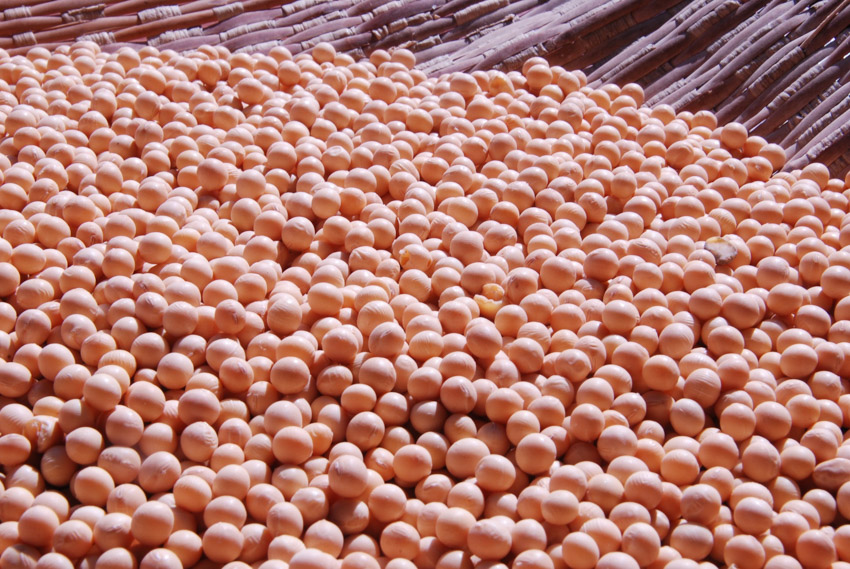
Natto is produced on a large scale in modern Japan, with the majority made in fully automated factories that adhere to high hygiene standards and cleanliness. Machines take care of packing the beans into Styrofoam containers, which will be distributed to consumers in Japan and other countries. After that, small plastic-wrapped packages of soy sauce and karashi mustard are placed into the containers and finally moved to the fermentation room.
Once the soybeans are completely fermented, the containers are transferred to a room with a lower temperature, allowing the natto to mature for up to a week. The small Styrofoam containers are then taken to the packaging room, where they are usually bundled together in sets before selling.
Size Doesn’t Matter: The Different Types of Natto
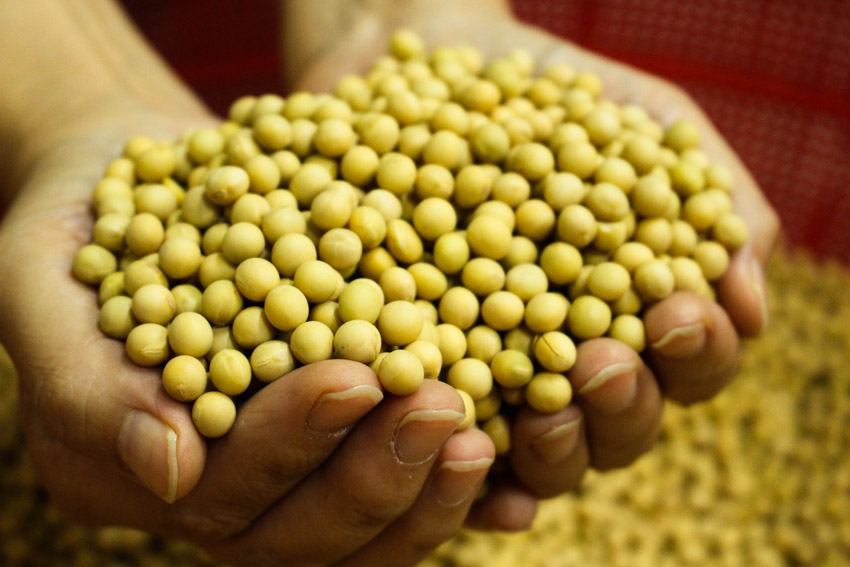
The size of soybean seeds can vary greatly, with some being large, others medium, and some even super small. However, size doesn't really matter when it comes to making this superfood in Japan, as there are several types of natto classified based on the size of the bean, as shown in the table below:
|
Natto Name |
Soybean Size |
|
O-Tsubu Natto (大粒納豆) |
Large |
|
Chu-Tsubu Natto (中粒納豆) |
Medium |
|
Ko-Tsubu Natto (小粒納豆) |
Small |
|
Gokusho Natto (極小納豆) |
Very small |
|
Cho-Gokusho Natto (超極小納豆) |
Extremely small |
|
Hikiwari Natto (ひきわり納豆) |
Crushed |
How To Enjoy Natto the ‘Japanese’ Way
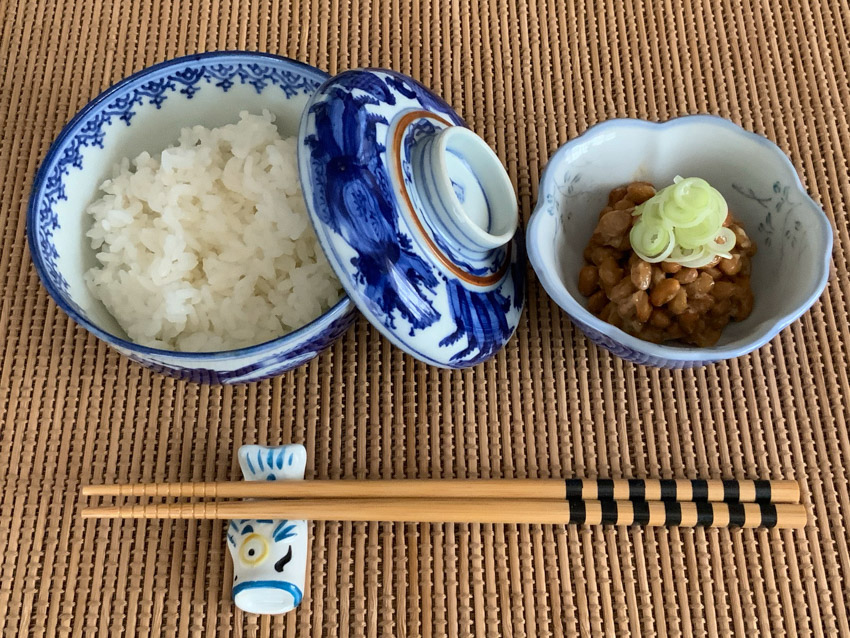
Similar to other traditional Japanese foods, natto has its own way and time to be enjoyed. This dish is usually eaten in the morning as breakfast, providing a boost of energy and essential elements to kickstart the day. To eat it like the Japanese do, start by taking the natto out of the package. Then, you have the option to mix it with the soy sauce and karashi mustard it comes with or savor its original taste as it is.
Now, get ready to mix, mix, and mix! The process of mixing natto is essential for enhancing the taste of soybeans inside your mouth, as it allows air to penetrate the film covering the beans, creating a fluffy and light texture. Finally, some Japanese put it on rice and add raw eggs and spring onions, while others find more pleasure in eating the natto on its own, so it's all up to you to decide!
A Symphony of Protein, Fiber, Essential Minerals, & Probiotics
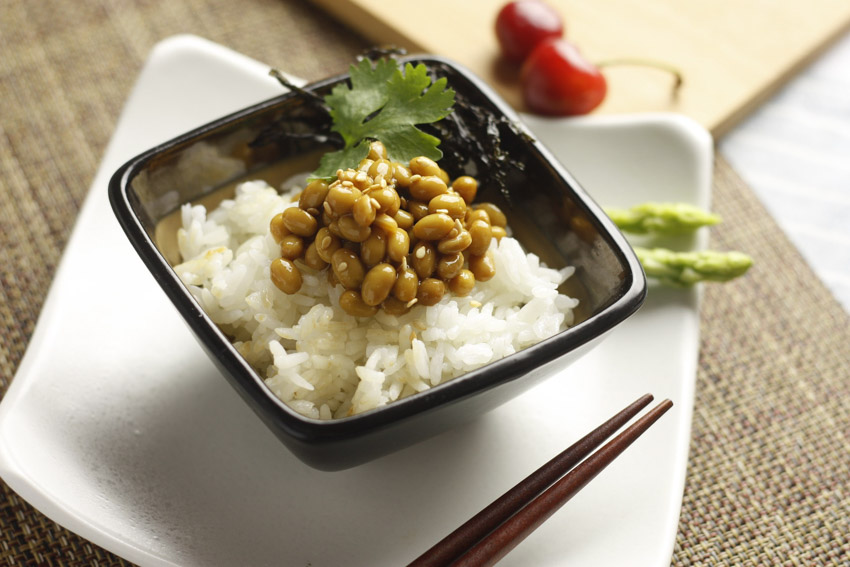
While some may turn their noses up at natto, its nutritional benefits are too good to ignore. This superfood is packed with essential nutrients vital for overall health, such as protein, fiber, iron, calcium, magnesium, potassium, zinc, vitamin C, and more, according to data from FoodData Central.
Another compelling reason to include Natto in your diet is its exceptional nutritional value, thanks to the fermentation process it undergoes. Fermented soybeans are even more nutritious than boiled ones, as this process creates conditions that encourage the growth of beneficial probiotics.
Natto's probiotics serve as a protective barrier for your gut since it plays a vital role in protecting it from harmful bacteria and toxins. They can help alleviate issues like gas, bloating, constipation, and antibiotic-associated diarrhea.
Authentic Japanese Natto Is A Few Clicks Away!
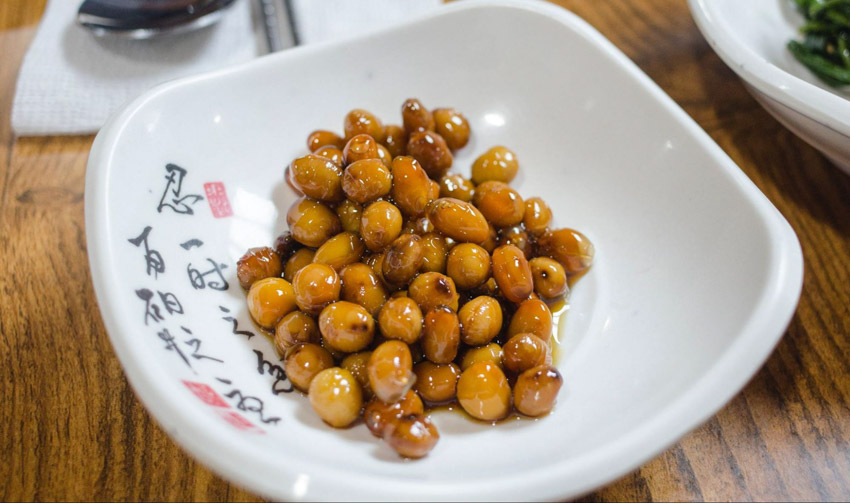
You can find natto at practically all food stores in Japan. But for those outside the country who want to have a taste of this Japanese superfood, you can easily order it straight from Japan and have it delivered to your doorstep, thanks to the e-commerce platform ZenPlus.
The platform has a mission of helping those outside the country easily get their hands on thousands of genuine Japanese products - from traditional foods like natto to authentic clothing and even Japan-exclusive cars and electronic appliances, to count a few!
About the Writer
Meet Mariam - a freelance writer with a lifelong love for cooking, beauty, and Anime, starting from the tender age of six. Now, with boundless creativity and determination, she aims to deliver the most valuable content for readers to offer them a glimpse into her passions in life.

